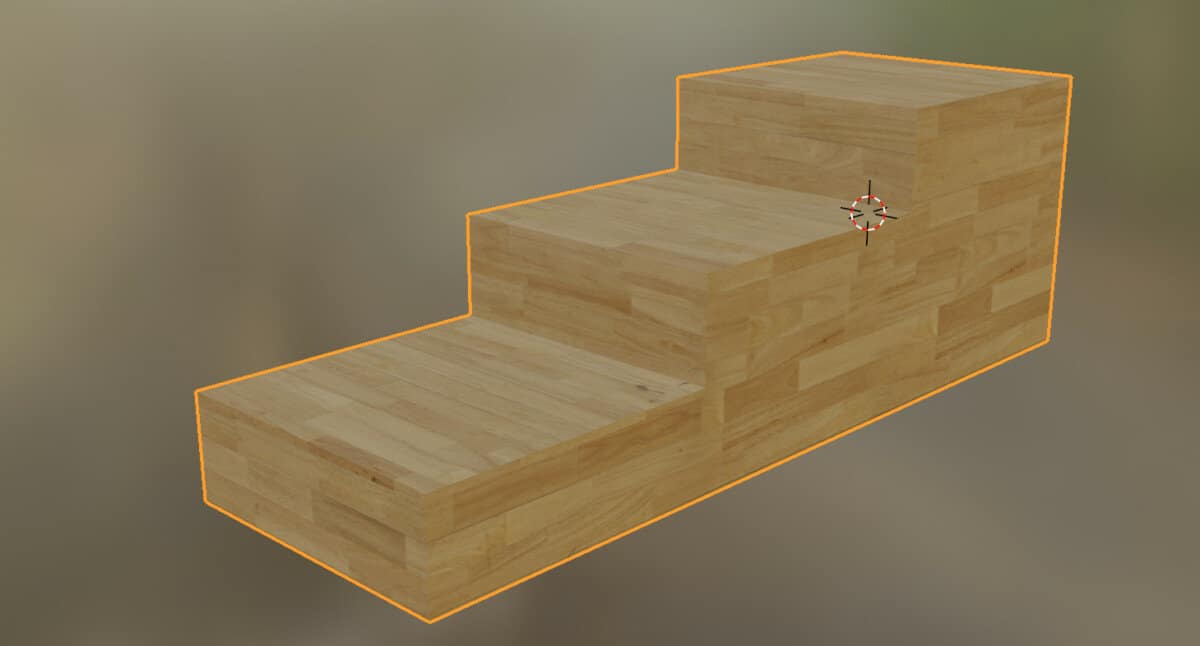How To Set Up An Image As A Texture Map?
One of the most common use cases of images in blender is to apply them to your materials as texture maps. There are a couple of steps to successfully applying your images as textures to specific materials, which we will detail below. To set up an image texture, you must first create a UV map … Read more





